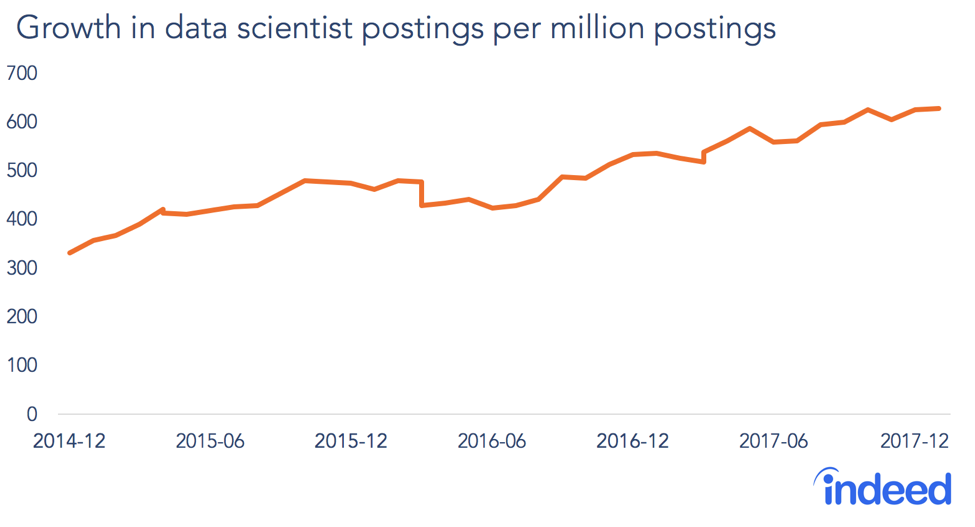Deep dive, synergy, move the needle – the marketing industry is filled with buzzwords that sound good but aren’t accurate. With more marketers becoming aware of the importance of analytics, many enterprise organizations are now promising to be “data-driven.” But achieving that status goes beyond simply running monthly metrics reports and putting bar graphs in pitch decks.
There are many ways for senior executives to execute on the goal of becoming more authentically data-driven, so this is part one of a series on how to bring data to the forefront of enterprise organizations.
Most companies and their executives already talk about how important data is to their organization. A 2018 survey by NewVantage Partners found nearly all executives asked (98.6%) agree that their businesses are actively working to become a data-driven enterprise, yet only 32.4% report success in achieving it. Why might this be?
According to IBM’s Quant Crunch report, demand for data professionals is outstripping supply and expected to grow by 28% by 2020. Job postings for data scientists on Indeed.com confirms this trend, rising 75% from January 2015 to January 2018.

Meanwhile, LinkedIn reports that in August 2018, employers were seeking 151,711 more data scientists than exist in the U.S. and The CMO Survey found that only 1.9% of companies believe they have the right talent to leverage marketing analytics.
With such a gap between supply and demand for people with data skills, the ability of organizations to achieve a data-driven nirvana suffers, leaving executives with few choices:
1. Hiring internally
Internal hires often appeal most to companies, but in my experience as a hiring manager, the sheer lack of qualified talent as noted above, combined with long recruiting cycles and low employee retention rates, makes the opportunity cost of this approach relatively high.
2. Outsourcing and partnering
This route is a favorite of mine for obvious reasons, but also not without risk. Hiring an outside agency to help with your analytics requires you to entrust them with sensitive data and the insights, analysis, and support you receive can vary drastically in quality and value.
3. Acquisition
Mergers and acquisitions are becoming de rigueur as a way to quickly ramp up a company’s analytics talent and capabilities. This is one reason why my own firm, MaassMedia, was acquired by Hero Digital. Likewise, Nike in its purchase of Zodiac, a consumer data analytics consultancy; Interpublic Group in picking up Acxiom’s Marketing Solutions business; and Adobe in its recent announcement to purchase Marketo.
4. Combining methods
Choosing to invest in just one of these three approaches is usually insufficient. Most enterprise-size companies that successfully prioritize becoming data-driven (e.g., Brother, Comcast, Lenovo, Vanguard) take a hybrid approach by hiring resources internally while also partnering with an agency or firm that specializes in leveraging data. Their eggs aren’t all in one basket, and their data analysis is collaborative from many different angles.
Combining these approaches can be pricey, but I submit that if you’re an executive and you’re serious about becoming more data-driven, then you have to pay to play, especially if you’re playing to win. According to a 2017 study by Forbes CMO Practice and Neustar, marketers who invest more than 10% of their working media budget on performance measurement and analytics are 3x more likely to exceed their growth plans by 25%.
Return on Investment
The return on investment is potentially limitless when transforming your company into one that is truly data-driven, but executives must make that investment in order to compete now and in the future. If you want to be in the ⅓ of executives reporting success with analytics, the time is now to invest in people with the skills to leverage your data.
—
Learn about how we use data-driven insights to help clients invent, transform, and perform.







